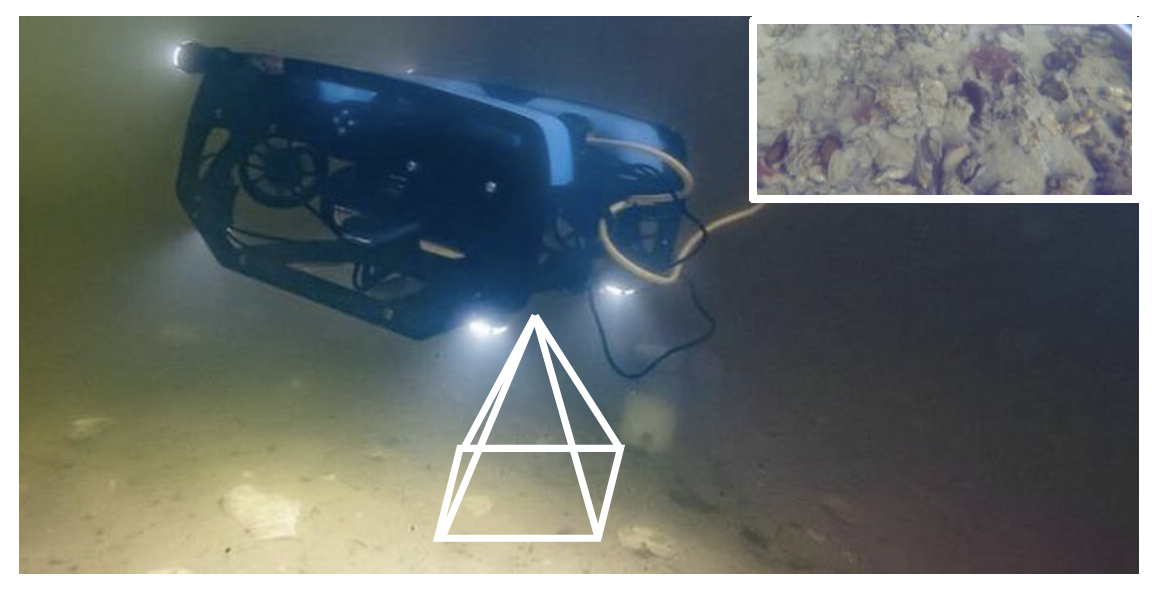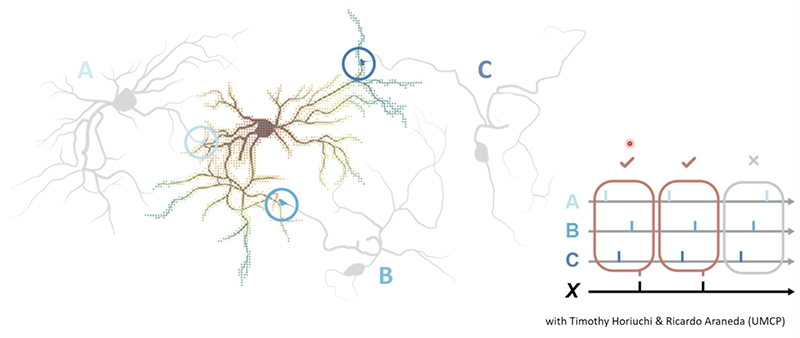News Story
ISR alum honors former advisor Benjamin Kedem with quantile frequency analysis paper
ISR alumnus Ta‐Hsin Li (Mathematics Ph.D. 1992), a former advisee of ISR-affiliated Professor Benjamin Kedem (Mathematics), has written a paper in honor of Kedem’s 75th birthday in the official journal of the International Society for Business and Industrial Statistics. The paper appears in the January/February 2020 special issue of Applied Stochastic Models in Business and Industry. Li has forged a fruitful career as a research statistician at the IBM T. J. Watson Research Center.
From zero crossings to quantile-frequency analysis of timeseries with an application to nondestructive evaluation was originally presented in part at the 36th Annual Quality and Productivity Research Conference at American University in June 2019.
Zero crossings of time-series data are represented by Kedem’s pioneering works, and have been proven useful for characterizing oscillatory patterns in many applications such as speech recognition and brain wave analysis. Robustness against outliers and nonlinear distortions is one of the advantages of zero crossings in comparison with traditional spectral analysis techniques.
Li’s paper introduces a new alternative tool of spectral analysis—quantile-frequency analysis (QFA)—for time-series data that goes beyond zero crossings. Constructed from trigonometric quantile regression, QFA transforms a time series into a bivariate function of quantile level and frequency variable. For each fixed quantile level, it corresponds to a periodogram-like function, called the quantile periodogram, which characterizes the oscillatory behavior of the time series round the quantile. By coupling QFA with functional principal component analysis, new dimension-reduced features are proposed for discriminant analysis of time series.
With its underlying connection with zero‐crossing and level‐crossing processes, the QFA method is able to reveal some complex nonlinear dynamics of time series that are overlooked by traditional spectral analysis techniques oriented toward linear autocorrelations. Leveraging this capability for time series classification yields promising results. In the paper Li couples the QFA method with FPCA as a dimension‐reduction technique to extract features from the quantile periodogram and employ these features to train machine‐learning classifiers for time series classification.
The usefulness of these features is demonstrated by a case study classifying real-world ultrasound signals for nondestructive evaluation of aircraft panels. The case study demonstrates that the QFA‐based FPCA features possess a greater discriminant power than the corresponding FPCA features derived from the ordinary periodogram. The case study also suggests that smoothing the quantile periodogram prior to FPCA may help decrease the relevance of minor eigenfunctions, leading in most cases to a reduction in the number of features needed to achieve the best testing scores.
In addition, the study shows that although the superiority of the QFA‐based features remains unchanged, some specific results, such as the best score of testing accuracy and the number of features needed to achieve it, depend on the number of folds in the cross‐validation procedure. Future development of the methodology should include the capability of automatically selecting feature subsets with sufficient robustness to help minimize the complexity of classification models.
Published January 10, 2020








